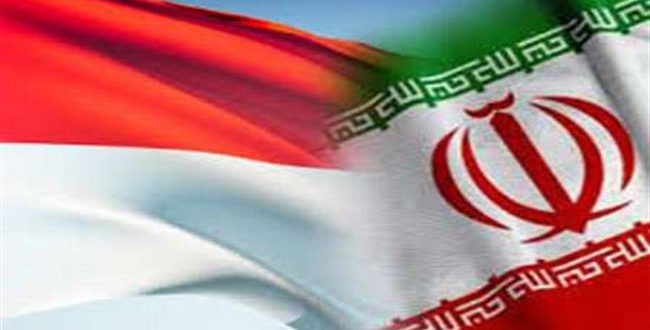Iran`s commercial attaché in Indonesia says that Iran’s non-oil export to Indonesia has seen a 377% rise in the last 6 months by September 21.
Iran’s exports to Indonesia excluding crude oil increased 377 percent to $244.4 million in the first half of the current Iranian year that ended September 21. in comparison with a $51 million in the same period in 2016.“ announced Anvar Karami. Iran`s Commercial Attaché in Indonesia referring to the latest statistics released by Iran’s Customs Administration.
The Iranian official recounted that Iran’s revenues from exporting base metals. like zinc. copper. lead. and iron. and the items made by them. to Indonesia surged from $28 million to $114 million when comparing the first six months of the current Iranian year with the same period in 2016. He maintained that this section has had the biggest impact on the volume of total revenues.
Mine fuels and oil derivatives with a volume of $105 million made up the second row of Iran’s export to Indonesia above agricultural products which hit $21 million of the Iran’s outflow to Indonesia in the specified period vis-à-vis last year’s export figures of respectively $34 million and $280.000.
According to the same official. Iran has imported $92 million of goods from Indonesia in the last six months which shows a 44% rise from last year’s figure of $64 million. Inorganic chemicals. paper and paperboard. caoutchouc and natural rubbers. and coffee. spices. and some other agricultural products are the categories which see the most noticeable rise in Indonesia’s export of goods to Iran.
According to latest agreements between Iran and Indonesia. Iran has voiced commitment to invest in Indonesia by building an oil refinery in East Java and a 5.000-megawatt mobile power plant in an unspecified location.
Both Iran and Indonesia have already announced serious plans to boost the level of their trade to as high as $2 billion.
Indonesia’s President Joko Widodo visited Tehran in mid-December 2016 and numerous agreements were signed by the officials of the two countries during that visit.

 Iran Energy News Oil, Gas, Petrochemical and Energy Field Specialized Channel
Iran Energy News Oil, Gas, Petrochemical and Energy Field Specialized Channel



